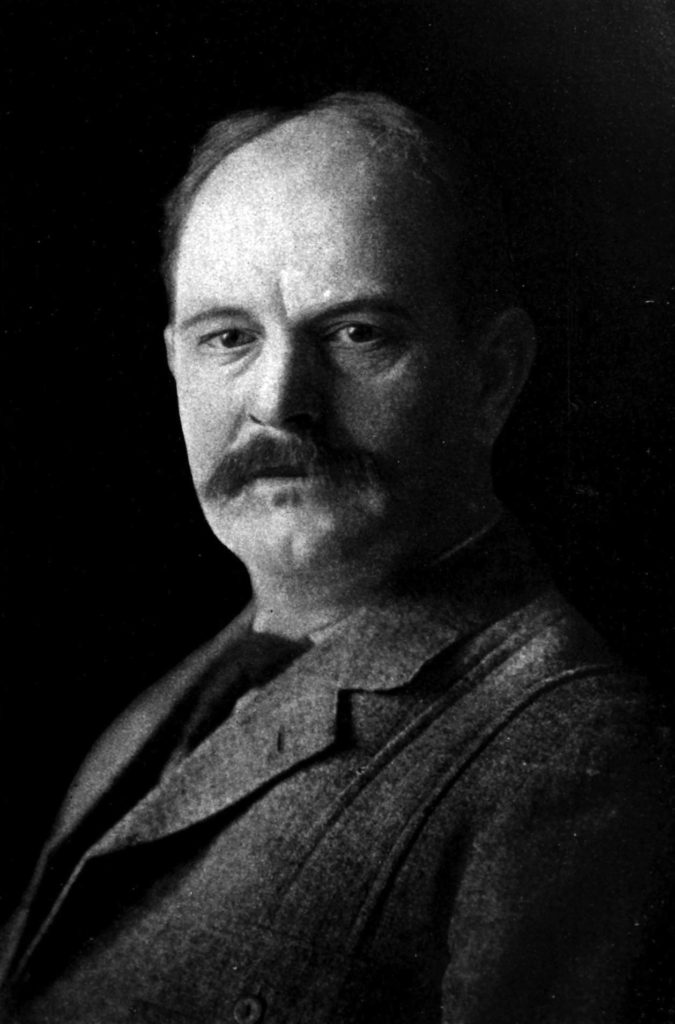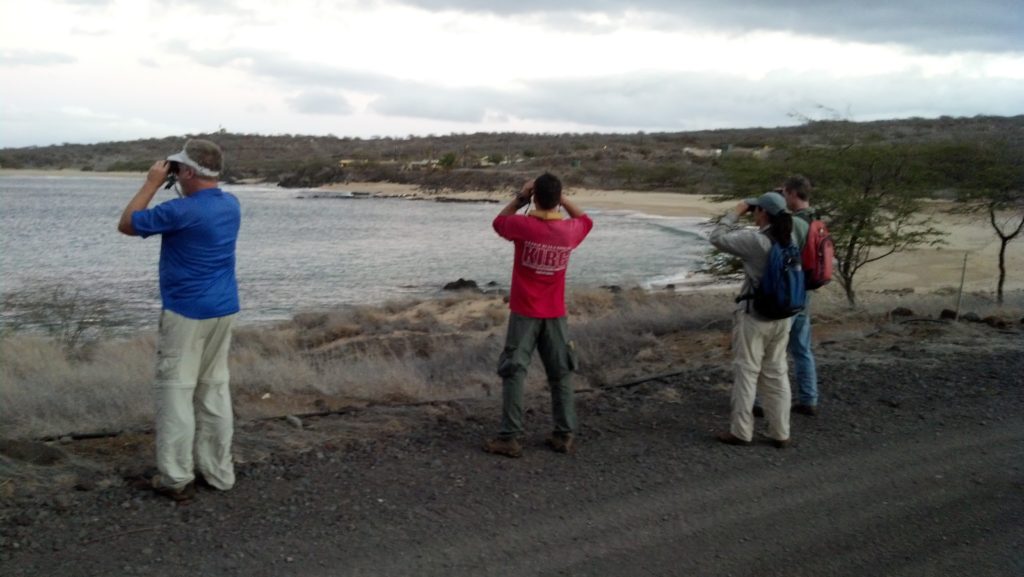Frank Chapman, the most influential ornithologist of the early 20th Century, was born on June 12, 1864 (died 1957). He became known as the “Dean of American Ornithologists” for his leadership of the evolving field of avian biology. His career marked many outstanding firsts, but his legacy continues today through the annual Audubon Christmas Bird Count, first suggested and implemented by Chapman in 1900.

Chapman was born in rural New Jersey and grew up in what one biographer described as a “veritable paradise for birds.” Birds captured his heart and mind from childhood on. However, the need to help support his family after his father’s premature death led him to a job in banking. But he also volunteered for studies of bird migration with the American Ornithologists’ Union, feeding his avocation and growing his bird-based network. When he received an offer to become an assistant to the bird curator at the American Museum of Natural History in New York, he walked away from all other possibilities and obligations. He started at the museum in 1888 and worked there for the next 54 years!
He rose through the ranks, until the museum decided to split its mammal and bird department in 1920—and Chapman landed the job as head of the Department of Birds. His impact on the museum was massive. Before him, bird displays were generally rows and rows of stuffed specimens lined up on plain shelves, appealing only to the most serious observer. Chapman reasoned that more visitors would be attracted to a new type of display—the diorama—that displayed birds in natural settings, postures and activities. He was correct, of course, and the diorama became the standard museum format for generations.
During his tenure, which ended in 1942, Chapman conducted field work across the Americas, wrote the Handbook of Birds of Eastern North America, promoted Barro Colorado Island as a biodiversity paradise and created and edited the magazine Bird-Lore (which later became Audubon Magazine) for 35 years.
But his true legacy is the Christmas Bird Count. At the end of the 19th Century, a popular Christmas activity was the “side hunt.” On Christmas Day, local groups of hunters would divide into two teams and head out to shoot as many animals—birds and mammals—as possible. The team (i.e., the side) with the highest tally won. Sporting magazines often carried the results, much like today’s sports pages, praising the prowess and carnage of the winning team.

Chapman had a better idea. As he wrote in a 1900 issue of Bird-Lore, he proposed “a new kind of Christmas side hunt, in the form of a Christmas bird-census, and we hope that all our readers who have the opportunity will aid us in making a success by spending a portion of Christmas Day with the birds….” The idea was to note all birds present and their relative abundance, providing a huge database that could be used to follow population trends into the future.
Twenty-seven bird enthusiasts participated in the first year, counting birds at 25 separate locations. They counted 90 species.
Fast-forward 119 years to the 2018-2019 Christmas Bird Count. More than 79,000 people participated, spread across the Americas and many Pacific islands. They counted birds in just over 2600 separate locations. They counted 2638 species, about 25% of all bird species known to exist. Over 48 million individual birds were counted.
References:
Audubon Society. History of the Christmas Bird Count. Available at: http://www.audubon.org/history-christmas-bird-count. Accessed June 13, 2017.
Chapman, Frank. 1900. A Christmas Bird-Census. Bird-Lore Magazine. Available at: http://www.audubon.org/sites/default/files/documents/original_cbc_mention_in_bird_lore_1900.pdf. Accessed June 13, 2017.
LeBaron, Geoff. 2019. The 119th Christmas Bird Count Summary. Audubon, December 19, 2019. Available at: https://www.audubon.org/news/the-119th-christmas-bird-count-summary. Accessed February 24, 2020.
Gregory, William King. 1947. Frank Michler Chapman, 1864-1945. National Academy of Sciences, Volume XXV, Fifth Memoir. Available at: http://www.nasonline.org/publications/biographical-memoirs/memoir-pdfs/chapman-frank-m-1864-1945.pdf. Accessed June 13, 2017.
M. Chapman of the American Museum of Natural History. The Auk 122(2):389-402. Available at: https://www.jstor.org/stable/pdf/4090434.pdf?refreqid=excelsior%3A205288f5fd80b88c11a38db487af5d9a Vuilleumier, Francois. 2005. Dean of American Ornithologists: The Multiple Legacies of Frank. Accessed June 13, 2017.
